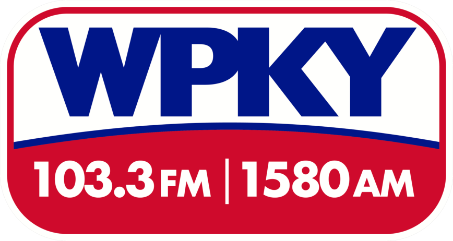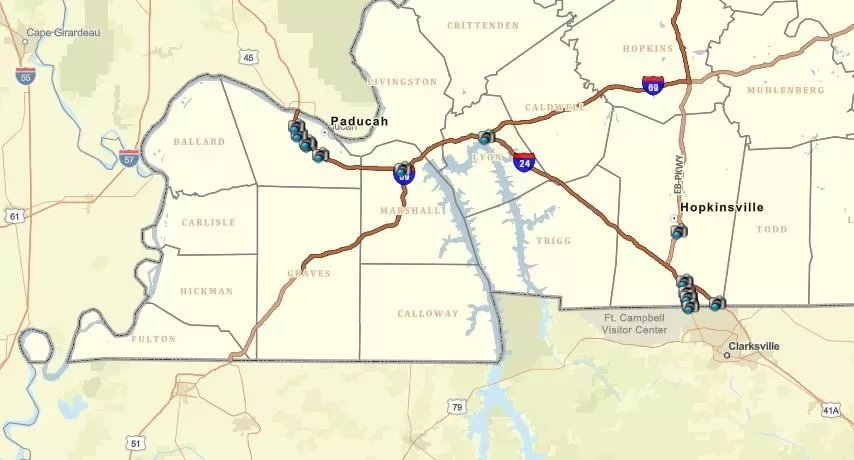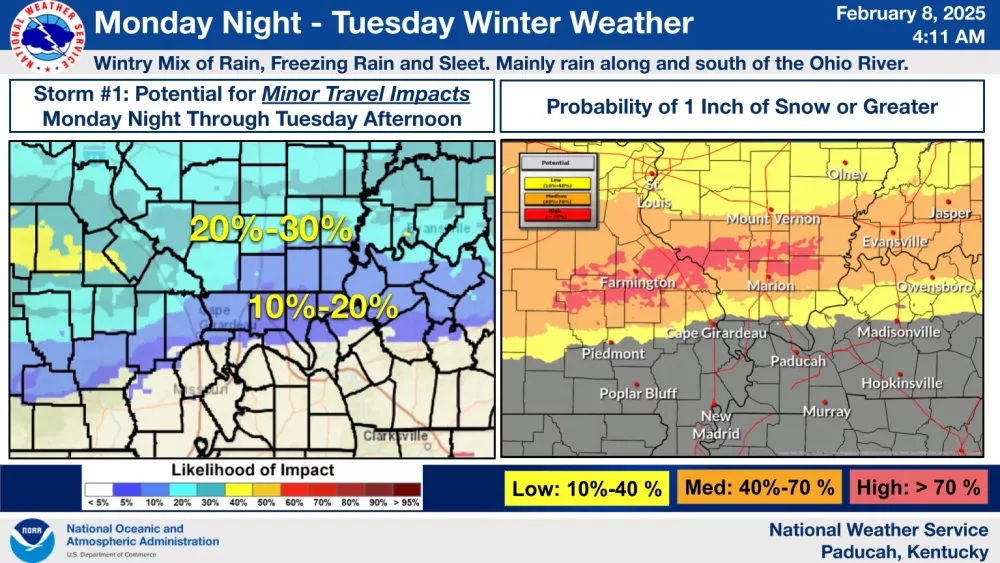Officials announced Thursday that houses of worship and other private nonprofit organizations may be eligible for FEMA funding to reimburse costs for emergency protective measures, debris removal, and restoration of facilities damaged by storms, straight-line-winds, flooding, landslides, and mudslides affecting Kentucky between February 15-20, 2023.
The announcement from FEMA comes after Governor Andy Beshear announced Tuesday that 22 counties, including Caldwell County, had been approved for federal public assistance by President Joe Biden from the storms.
According to a release, FEMA’s Public Assistance program may provide financial assistance to certain private nonprofit organizations — including houses of worship — to restore facilities damaged or destroyed in this disaster. Officials say the federal share for Public Assistance projects is not less than 75 percent of the eligible cost. They indicate the state determines how the non-federal share of the cost of a project — up to 25 percent — is split with the sub-recipients such as houses of worship.
Requirements for Houses of Worship:
- Be located within the designated counties; and experienced property damage caused by February’s severe weather
- Provide a current ruling letter from the IRS granting tax exemption under Section 501 (c) (d) or (e) of the IRS Code of 1954, or documentation from the Kentucky Secretary of State indicating the nonprofit status
- Provide proof of ownership or lease documents that establishes whose legal responsibility it is to repair incident-related impacts
- Eligible applicants must first apply to the U.S. Small Business Administration for a low-interest disaster loan before FEMA can determine if the organization is eligible for assistance.
Small disaster loans are a critical part of the application process
- FEMA will provide financial assistance only if the house of worship is denied an SBA loan – or if the loan authorized is insufficient to cover repair costs.
- FEMA may only provide funding for eligible “Permanent Work” costs an SBA disaster loan does not cover.
- Permanent work includes but is not limited to, roads, bridges, dams, reservoirs, levees, floodwalls and other water-control facilities, as well as buildings and equipment.
- Permanent Work usually has to be completed within 18-months from the date of the disaster declaration, which was signed on May 9, unless an extension is authorized.
FEMA officials say the first step is to submit a Request for Public Assistance, which needs to happen by June 8, 2023.
For more information on submitting a Request for Public Assistance, click on this link: How to Apply for Public Assistance. Applicants should also contact their county emergency manager, Kentucky Emergency Management or email pa.help@KY-em.org.
For the latest information on disaster recovery in Kentucky, visit fema.gov/disaster/4711 and follow FEMA on Twitter at twitter.com/FEMARegion4. You can also visit the Governor’s website at governor.ky.gov/disaster-response/flood-response.





